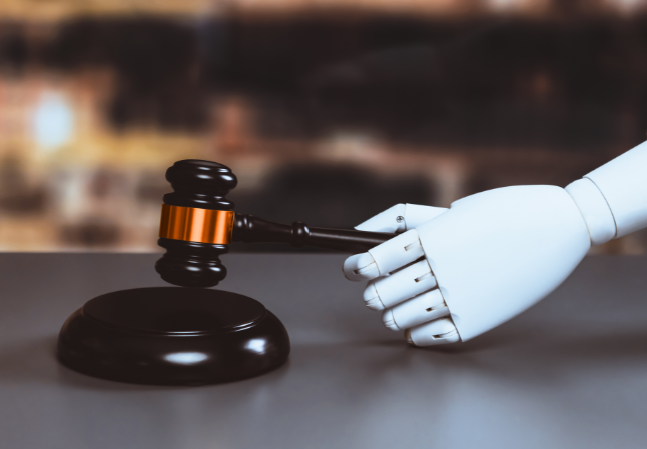Welcome! Save 30% on all CLE, CPE, and Professional Skills webinars, plus 15% off any annual pass with code HOLIDAY25
About the Course
Introduction
This CLE course will guide patent counsel on using the experimental use defense. The panel will discuss where the defense stands under U.S. law as well as how other countries treat the defense. The panel will examine when it is permissible to use prior inventions to build new ones and when it crosses the line to infringement. They will also discuss the proposals to implement the defense and the impact of a recent Supreme Court decision.
Description
The pandemic has prompted significant global research efforts to find treatments and a vaccine. Much of this research is building off technologies initially pursued to treat other diseases. This raises several legal issues, including when it is permissible to use prior inventions to create new ones and when it is infringement.
The experimental use defense is a research exemption to patent infringement. However, its scope and limitations have evolved. In areas other than pharmaceutical testing for regulatory purposes, it appears that the common law experimental use exemption remains narrow.
Patent counsel must understand when research may use prior inventions to create something new and the scope and limitations of the experimental use defense.
Listen as our authoritative panel of patent attorneys examines the experimental use defense and discusses the defense under U.S. common and statutory law. They will address how other countries treat the defense and when it is permissible to use prior inventions to build new ones and when that crosses the line to infringement. The panel will also discuss the proposals to implement the defense and the impact a recent Supreme Court decision had on the need to do so under the AIA.
Presented By

Dr. Noonan's practice involves all aspects of patent prosecution, interferences, and litigation. He represents pharmaceutical companies both large and small on a myriad of issues, as well as several universities in both patenting and licensing to outside investors. Dr. Noonan also has over 20 years of experience as a molecular biologist, and is a founding author of the Patent Docs weblog, which focuses on biotechnology and pharmaceutical patent law. He has also filed amicus briefs to district courts, the Federal Circuit and the Supreme Court involving patenting issues relevant to biotechnology.

Dr. Torrance is leading the intellectual property department at the Eli and Edythe Broad Institute of MIT and Harvard, which is often referred to as the Broad Institute. He is on temporary leave from his position as the Paul E. Wilson Distinguished Professor of Law at the University of Kansas School of Law. He leads a team of attorneys and other legal professionals who protect technologies with patents, or where appropriate, open source them, so their benefits are widely disseminated around the world. Dr. Torrance has given more than 100 scholarly presentations at numerous universities, research organizations, governments, and intergovernmental agencies. He has also published more than 25 scholarly works. His scholarship has appeared in such journals as the Yale Journal of Law and Technology, Stanford Technology Law Review, Columbia Science and Technology Law Review and Berkeley Technology Law Journal.
-
This 90-minute webinar is eligible in most states for 1.5 CLE credits.
-
Live Online
On Demand
Date + Time
- event
Tuesday, November 24, 2020
- schedule
1:00 p.m. ET./10:00 a.m. PT
- Experimental use defense
- U.S. common law vs. statutory law
- Outside the U.S.
- Court treatment
- Proposals to implement the defense
- Best practices
The panel will review these and other key issues:
- What effect do existing patents have on the latest research?
- To what extent can researchers use a patented invention on which to build for research absent the patent owner's permission?
- Where is the line of delineation between fair use and infringement to make improvements on patented inventions?
Unlimited access to premium CLE courses:
- Annual access
- Available live and on-demand
- Best for attorneys and legal professionals
Unlimited access to premium CPE courses.:
- Annual access
- Available live and on-demand
- Best for CPAs and tax professionals
Unlimited access to premium CLE, CPE, Professional Skills and Practice-Ready courses.:
- Annual access
- Available live and on-demand
- Best for legal, accounting, and tax professionals
Unlimited access to Professional Skills and Practice-Ready courses:
- Annual access
- Available on-demand
- Best for new attorneys




